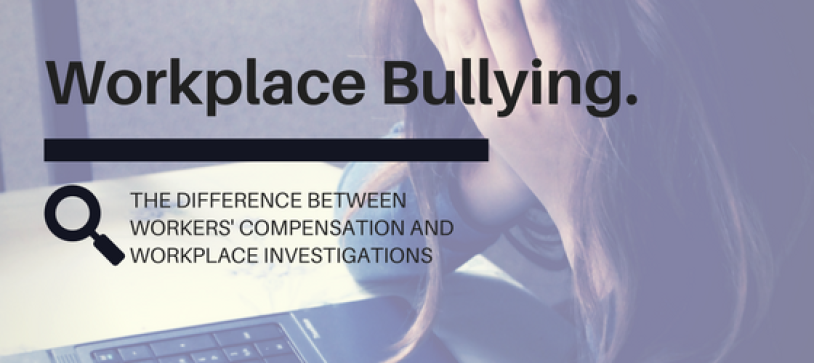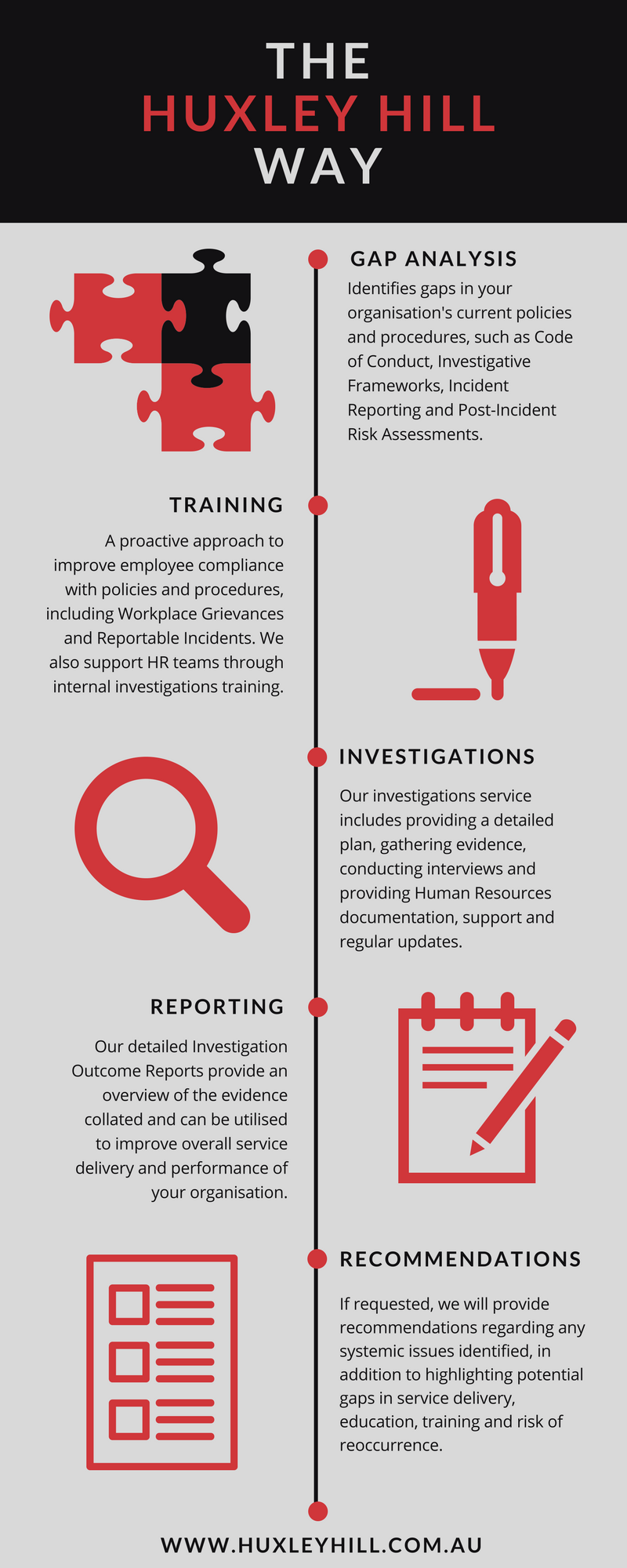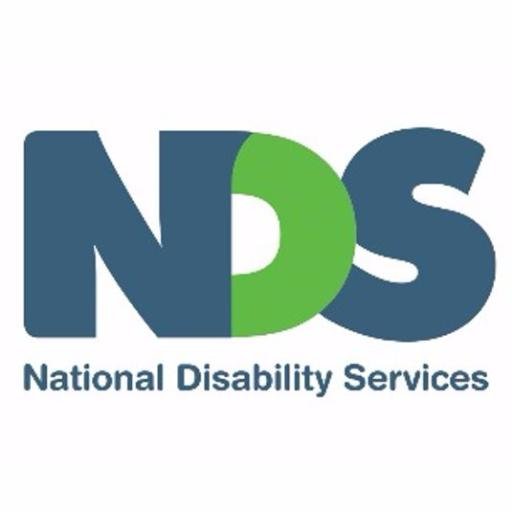Workplace Bullying: The difference between Workers’ Compensation and Workplace Investigations
You walk into work Monday morning ready to take on a new week, sit down at your computer and open your emails to see that a new Workers Compensation Claim has been submitted. On closer look, you see that the worker (let’s call him Brad) is alleging a psychological injury due to bullying by his manager (Sam). You were aware that Brad was currently on a Performance Improvement Plan but that’s it – certainly no mention of bullying.
What to do next?
The obvious action is to consider the claim and what needs to be assessed. Rather than go over all that detail now, let’s assume you have done that and in consultation with your insurer a decision has been made to have an investigation into the matter to determine three things:
- If an injury has actually occurred?
- Whether the workplace has been a contributing factor?
- Whether the claim should be accepted?
Workers Compensation Investigation Process:
The insurer (scheme agent) generally allocates the matter to a random investigator on their panel. As an employer, you have the right to have input into who conducts the investigation. Are you happy to leave it in the hands of the insurer or would you prefer to nominate who does it?
Once an investigator is allocated, they take a statement from Brad regarding the circumstances that led to his claim being submitted, witnesses are identified and asked to make statements and certain documentation is requested from the employer and/or supplied by Brad and the witnesses.
From here a report is compiled from statements, documents and perhaps a short desktop investigation with no opinion or recommendations from the investigator and the report is passed over to the insurer to make a liability determination.
As important as this process is, there is ONE BIG PROBLEM for you, the employer…
You have no right to access the report or statements from the investigation!
A workers’ compensation claim is focused solely on the Claimant (Brad), not on any of the other individuals involved (Sam etc). Brad can make a Freedom of Information request for the report and statements if the matter is taken further, however, you cannot. Furthermore, if the claim is accepted, it is not confirmation that bullying has occurred – it could be a no-fault liability decision, which leaves many questions unanswered in relation to Sam’s behaviour/conduct, the workplace culture, are there training gaps that need addressing, are there issues with the Performance Improvement Plan or the way it is executed – these are just a handful of questions you probably want to be answered.
It is therefore important, to consider a Workplace Investigation.
Workplace Investigation Process:
As an employer, if you want to understand what has happened to lead to this bullying claim, then a Workplace investigation is going to draw out that information.
Once the need for an investigation is established, you need to decide who is going to conduct that investigation – someone internal or outsource to an independent body. If it looks like there is likely going to be disciplinary outcomes or a conflict of interest, it would be in your best interest to outsource unless you have a dedicated investigations team.
A workplace investigation is a far more rigorous approach and includes constant liaison between the employer and investigator to ensure all processes are conducted fairly and with transparency. The aim of this type of investigation is to determine whether there are any breaches of policy or legislation, determine if sufficient evidence exists to make a finding in respect of specific breaches of policy, recommend a finding, ensure that procedural fairness has been provided to all parties during the investigation process and to put accurate and sufficient information into your hands to enable fair and just decisions to be made that will withstand legal challenge.
Your workers’ compensation investigation does none of this.
With a workplace investigation, you have full access to the report and statements and most importantly, have a solid understanding of what’s happened as well as any systemic issues identified.
In most instances of bullying and harassment allegations, an employer should consider conducting a Workplace investigation to be able to make informed decisions about positive change for their organization moving forward and putting in place preventative measures. These can run simultaneously to a Workers’ Compensation investigation – it’s not a matter of one or the other.
If you feel you aren’t getting the information you need through your current methods of investigation, please contact us for a no-obligation free consultation. We would love to help you to make your workplace safer and happier!










